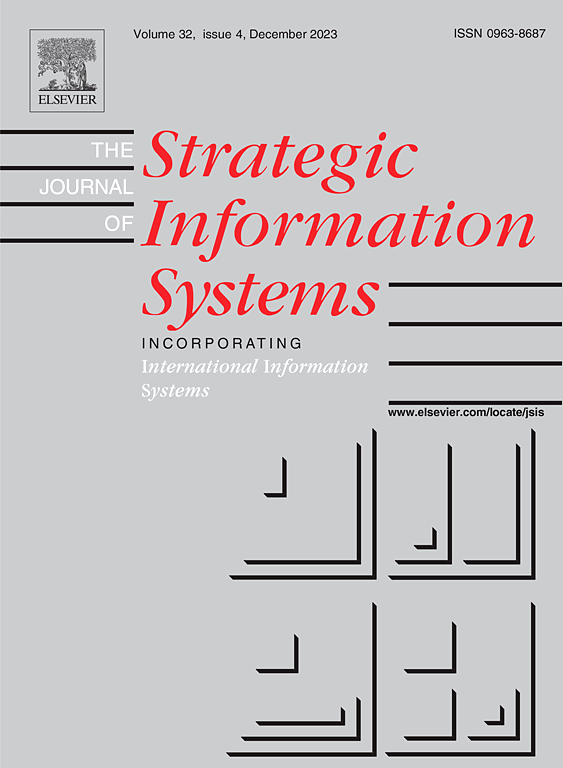Gröbner-Shirshov bases for free multi-operated algebras over algebras
IF 1.1
4区 数学
Q4 COMPUTER SCIENCE, THEORY & METHODS
引用次数: 0
Abstract
Operated algebras have recently attracted considerable attention, as they unify various structures such as differential algebras and Rota-Baxter algebras. An Ω-operated algebra is an associative algebra equipped with a set Ω of linear operators which might satisfy certain operator identities such as the Leibniz rule. A free Ω-operated algebra B can be generated on an algebra A similar to a free algebra generated on a set. If A has a Gröbner-Shirshov basis G and if the linear operators Ω satisfy a set Φ of operator identities, it is natural to ask when the union is a Gröbner-Shirshov basis of B. A previous paper answers this question affirmatively under a mild condition, and thereby obtains a canonical linear basis of B.
In this paper, we answer this question in the general case of multiple linear operators. As applications we get operated Gröbner-Shirshov bases for free differential Rota-Baxter algebras and free integro-differential algebras over algebras as well as their linear bases. One of the key technical difficulties is to introduce new monomial orders for the case of two operators, which might be of independent interest.
Gröbner-Shirshov代数上自由多操作代数的基
操作代数由于统一了微分代数和Rota-Baxter代数等多种结构而引起了人们的广泛关注。Ω-operated代数是一种结合代数,它配备了一组Ω的线性算子,这些线性算子可能满足某些算子恒等式,如莱布尼茨规则。自由的Ω-operated代数B可以在代数A上生成,类似于在集合上生成的自由代数。如果A有一个Gröbner-Shirshov基G,如果线性算子Ω满足一个算子恒等式集Φ,那么很自然地要问,当并集G∪Φ是b的一个Gröbner-Shirshov基时,以前的一篇论文在温和的条件下肯定地回答了这个问题,从而得到了b的一个正则线性基。本文在一般情况下回答了这个问题。作为应用,我们得到了自由微分Rota-Baxter代数和代数上的自由积分-微分代数及其线性基的操作Gröbner-Shirshov基。关键的技术困难之一是为两个操作符的情况引入新的单次顺序,这可能是独立的兴趣。
本文章由计算机程序翻译,如有差异,请以英文原文为准。
求助全文
约1分钟内获得全文
求助全文
来源期刊

Journal of Symbolic Computation
工程技术-计算机:理论方法
CiteScore
2.10
自引率
14.30%
发文量
75
审稿时长
142 days
期刊介绍:
An international journal, the Journal of Symbolic Computation, founded by Bruno Buchberger in 1985, is directed to mathematicians and computer scientists who have a particular interest in symbolic computation. The journal provides a forum for research in the algorithmic treatment of all types of symbolic objects: objects in formal languages (terms, formulas, programs); algebraic objects (elements in basic number domains, polynomials, residue classes, etc.); and geometrical objects.
It is the explicit goal of the journal to promote the integration of symbolic computation by establishing one common avenue of communication for researchers working in the different subareas. It is also important that the algorithmic achievements of these areas should be made available to the human problem-solver in integrated software systems for symbolic computation. To help this integration, the journal publishes invited tutorial surveys as well as Applications Letters and System Descriptions.
 求助内容:
求助内容: 应助结果提醒方式:
应助结果提醒方式:


